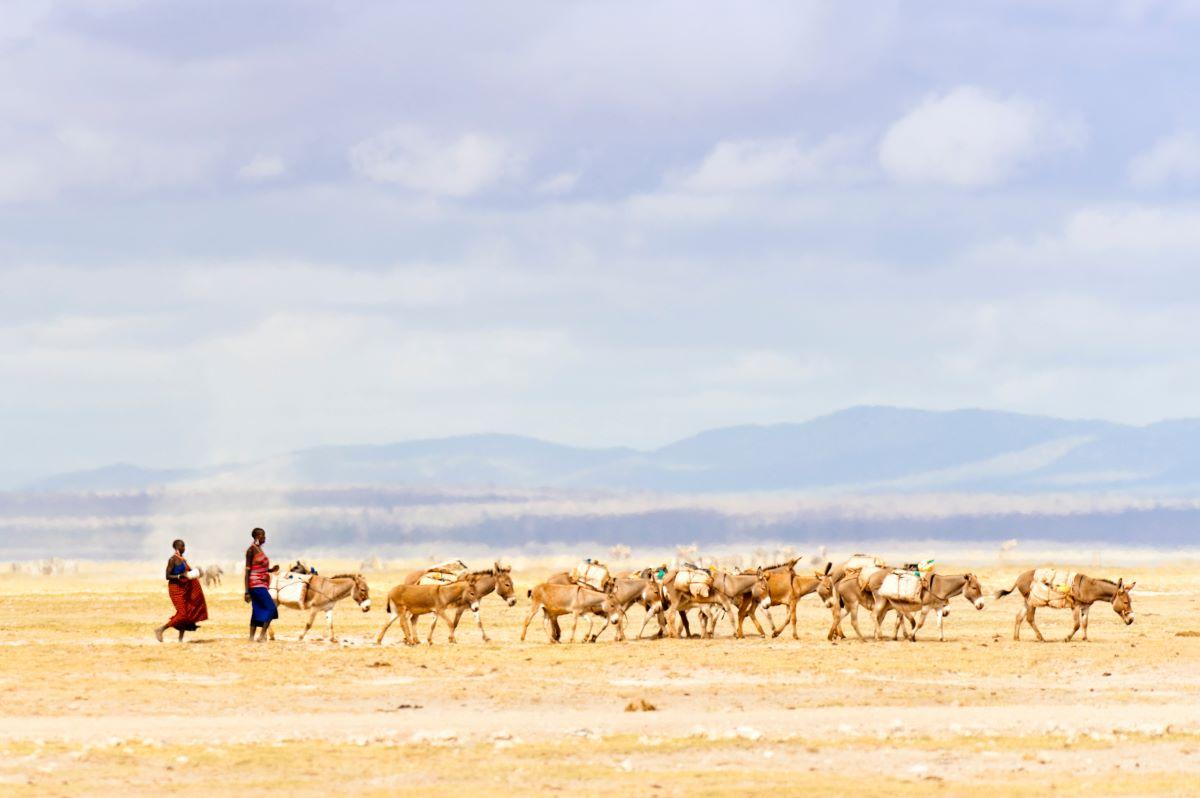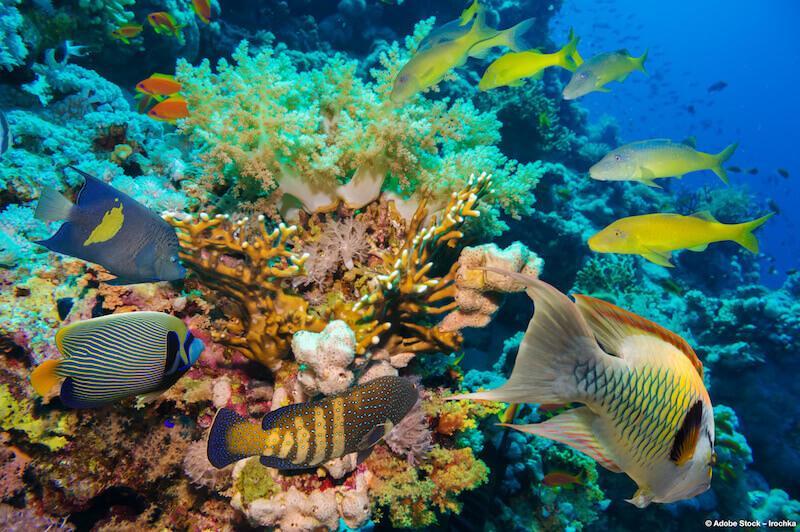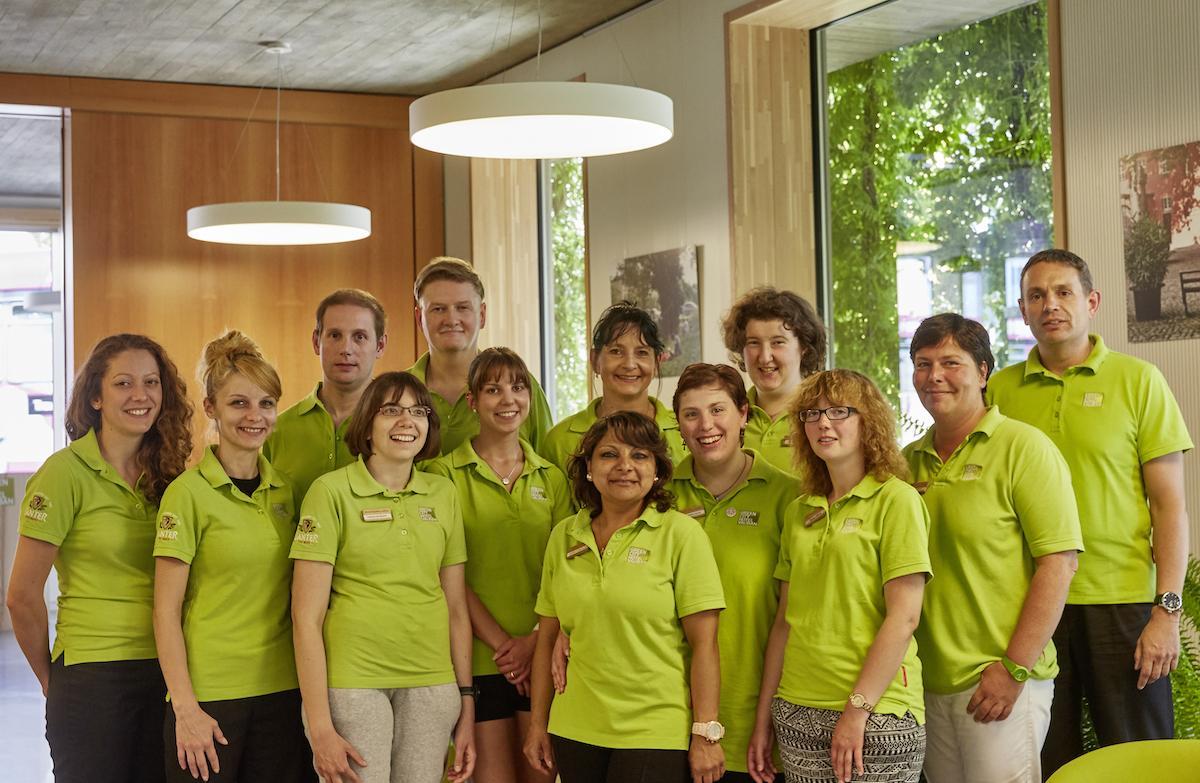Are you aware that we have reached a global temperature never before experienced by modern humans? According to the EU’s climate service Copernicus. The 1.5 degree Celsius mark (average global warming) will be exceeded for the first time in 2024. Many people are already experiencing the consequences of climate change on their doorsteps. But you will also notice the effects as you travel and realize. It is time to rethink the way we travel.
1.5 degree climate goal – what was that again?
The 1.5-degree goal stems from the 2015 United Nations Climate Change Conference in Paris. Where nearly all of the world’s nations signed an agreement to limit man-made climate change to an average global warming of 1.5 degrees Celsius.
The rapid rise in temperature since industrialization, along with scientific recognition that greenhouse gases like CO₂ from burning coal trap heat in the atmosphere, provides evidence that human activity drives the greenhouse effect. These gases accumulate because natural storage systems, such as swamps and forests, cannot absorb them fast enough.

Ten years ago (in 2015), this goal was considered achievable. The rough roadmap was this. Humanity as a whole must significantly reduce its CO2 emissions by 2030 and achieve climate neutrality by 2050. This would allow humanity to live relatively safely on planet Earth as we know it until 2100. Now we are still at the (relative) beginning of the century – and global warming has NOT been stopped.
Has the climate goal been abandoned? And what does that mean?
The 1.5-degree Celsius goal is not out of the question. Even if 2024 is the hottest year in human history, there is still a chance that the temperature will drop again. That’s what Copernicus director Carlo Buontempo told Reuters. For that to happen, countries would have to cut their emissions quickly and drastically to prevent them from rising to catastrophic levels.
“The matter is not yet settled. It is in our hands to change the course of events from now on.” – Copernicus-Direktor Carlo Buontempo
1.5 degrees vs. 2 degrees
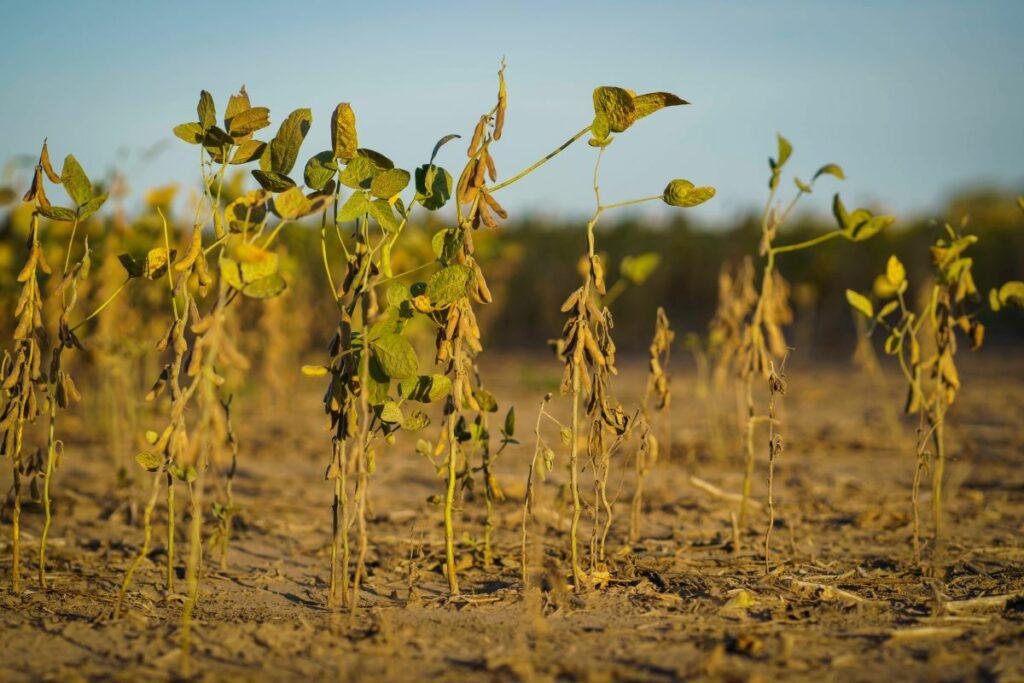
However, some are saying that the 1.5-degree goal has been abandoned and a 2-degree goal is more realistic. According to an IPCC special report cited by WWF, half a degree will have far more serious consequences for the planet, people, and living things. For example, at 1.5 degrees, 6 percent of insects are expected to become extinct – at 2 degrees, the figure is 18 percent!
At 1.5 degrees, the probability of flooding increases by 100 percent (doubling); at 2 degrees, it increases by 170 percent. The reason for this calculation: warmer air can absorb more water vapor, which is why there is more heavy rain.
If the average temperature on our planet rises by more than 2 degrees, it is quite possible that the consequences will be uncontrollable and impossible to manage.
How do you notice the effects of global warming when you travel?
As travelers, we care about the weather not just at home but also in other countries. A single extreme weather event. Say a flood, a drought, a forest fire… these things have always happened (by the way, this is one of the main arguments of climate change deniers). But new records for extreme weather (do the math to see how many hundred-year floods we’ve already had) in so many places around the world? From a scientific point of view, this has never happened before.
Climate indicators while traveling
As you travel, you can see climate change firsthand in some places. One important climate indicator is glaciers, such as those found in the European Alps.
#1 Glaciers
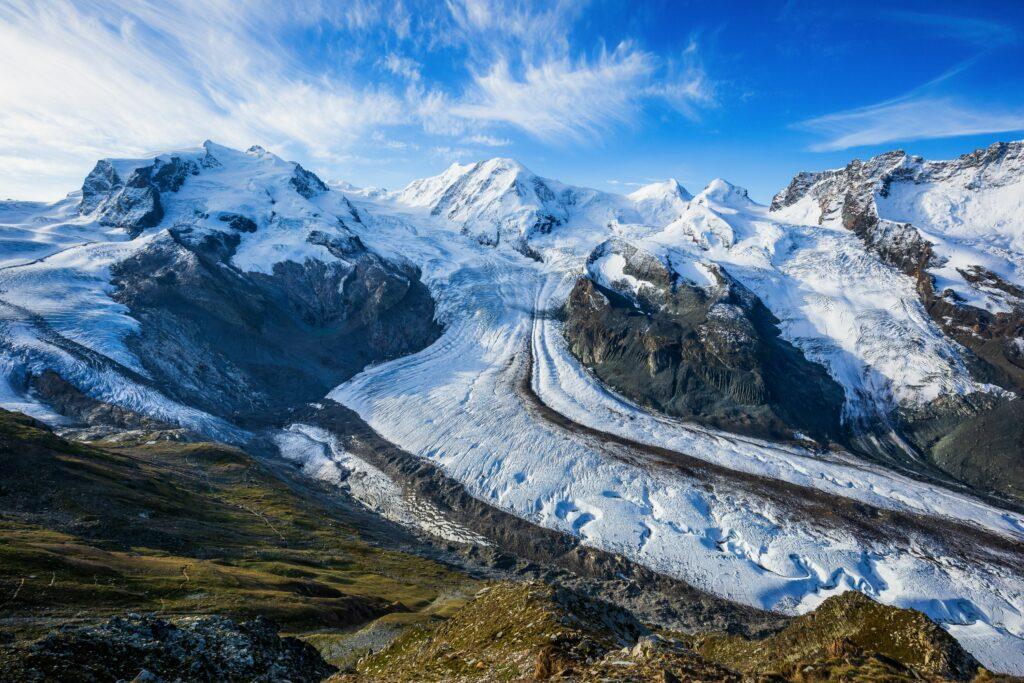
In our blog article on glaciers, we report on the extent of glacier melt using three examples in Switzerland and Austria. Here, for example, we introduce Fabienne Anthamatten from the Green PearlsⓇ Hotel Bella Vista Zermatt, who found an 8,000-year-old larch tree on a (now exposed) glacier field. In Zermatt, you have the Gorner Glacier right on your doorstep. So, you can see this important climate indicator with your own eyes.
According to Matthias Huss, head of the Swiss Glacier Measuring Service, if global warming stops at 1.5°C, only 300 of the current 1,400 glacier fields will remain by the end of the century. If we reach 3.2°C of global warming in the next 70 years (which is what the German Federal Environmental Agency says will happen if we continue at the current rate), there will be no glaciers left in the future.
And if you know people who shrug when you bring this up. Remind them that warmer winters (and disappearing glaciers!) have a direct impact on winter sports. Check out the Sustainable Skiing article to learn how resorts are already using artificial snow on a massive scale and what that means for the environment.
#2 Sea Level
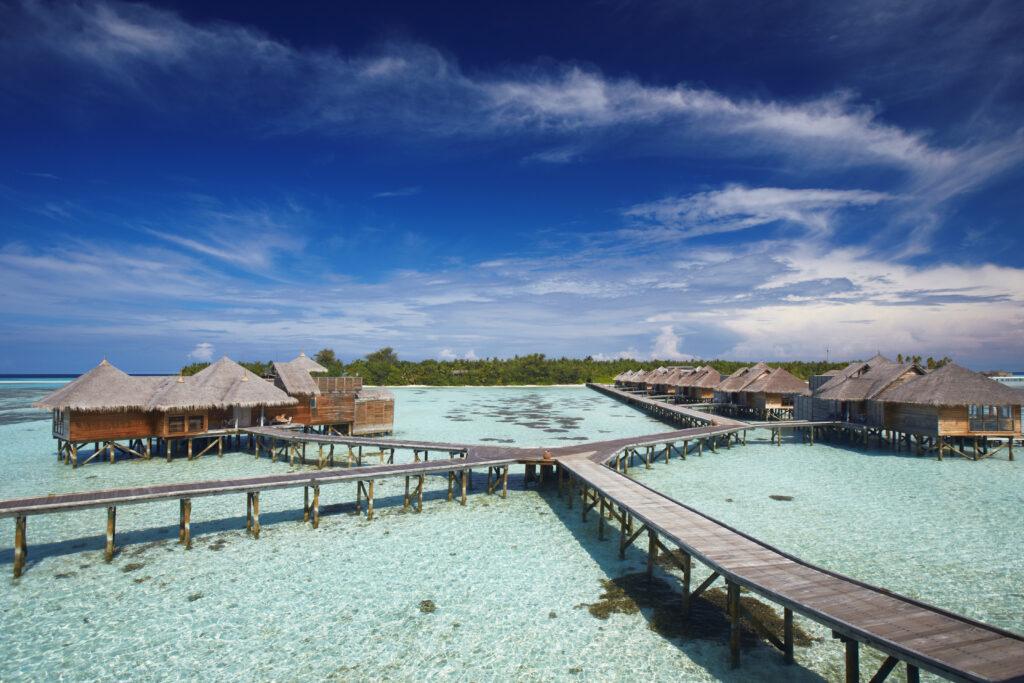
A direct consequence of melting glaciers and melting icebergs at both poles is sea level rise.
Depending on the degree of global warming, sea levels will rise. According to an ICPP report, the sea level will rise by 29 cm to 84 cm by 2100, but could reach as high as 200 cm (i.e. 2 meters)!
Rising sea levels pose a direct threat to many island nations, such as the Maldives. They are the lowest lying country in the world and consist of over 1,000 coral islands. Its highest elevation (on the main island of Male) is only 2.4 meters.
Read more in our article on threatened islands. At the same time, you will learn about tourism projects such as the Green PearlsⓇ partner resort Gili Lankanfushi. Here, you can enjoy a vacation on stunning beaches while also participating in the resort’s marine biology center. Opportunities for involvement include seagrass planting, coral restoration, and reef cleaning.
#3 Biodiversity
A 2023 study reveals a major threat to biodiversity on our planet. Worldwide, approximately 2 million species of animals and plants face the threat of extinction, with invertebrates being particularly affected. These include small animals such as insects. In our article on the decline of insects, entomologist Dietmar Borbe warns of dire consequences:
“Insects are at the top of the food chain. If we destroy everything at the bottom of a food pyramid, everything will eventually collapse.” – Biologe Dietmar Borbe
Hotels are often accused of destroying and spoiling nature (think of the ugly hotel blocks that line the beach). But there are hotels that are doing a lot to protect species. The STURM in Mellrichstadt, Germany, for example, has created a 3,500-square-meter natural “nosh garden” with numerous fruit trees, berry bushes, herbs and flowering plants, as well as a natural swimming pond that serves as a wetland biotope. Care was also taken to avoid sealing the soil unnecessarily and to allow guests to consciously enjoy nature.

#4 Justice
While poor people in the Sahel region of central Africa or southern India are already suffering from global warming, the effects of climate change in the Western industrialized countries are still far away. The rich have many more options to avoid a catastrophe, to protect themselves or to make their lives more comfortable with various extras (e.g. air conditioning).
Climate change is driving people into poverty
A World Bank background report on the link between climate change and poverty to 2030 predicts that between 32 and 132 million people will fall into extreme poverty by 2030 as a result of climate change. According to the report, those who spend a large proportion of their income on food will be particularly hard hit.
At the same time, a summary of an IPCC report by the German Federal Environment Agency states that “people with high socioeconomic status contribute disproportionately to climate change.
To put it bluntly: The rich produce more emissions than the poor, while the poor suffer far more from the effects of climate change. This is a double injustice – and the gap is widening.
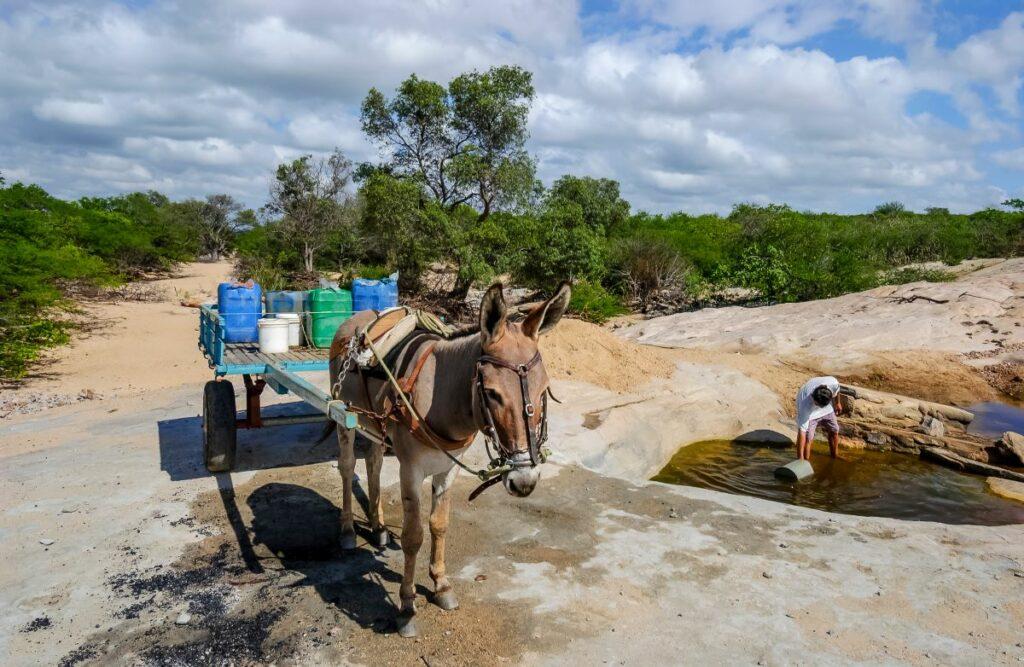
When it comes to climate change, this fact should not be ignored. The crux of the matter is that tourism is an important economic sector for many poor countries. Sometimes it is the only one. So if those who can afford to travel (i.e. the rich) stop traveling to the Global South in order to reduce emissions, this is ecologically understandable and correct, but it is not necessarily a socially sustainable solution. This topic is very complex and complicated, which is why we have dedicated a separate blog article to it, where you can learn more about the social dimension of travel sustainability and get to know projects that support it.
How does my travel affect climate change?
According to UNWTO, tourism is a fast-growing sector that accounts for a significant share of global emissions. Travel to and from the destination accounts for the largest share, followed by accommodation.
“The share of greenhouse gas emissions caused by global tourism is currently estimated at 8%, with three-quarters of these emissions caused by the use of transport” (WWF, citing UNWTO).
When it comes to the accomondation itself, there are several factors to consider. It starts with the construction, the choice and use of materials and furnishings, and it doesn’t end with the energy consumption during operation. The latter, however, takes up the most space when it comes to calculating environmental impact.
Other important sustainability factors include food sourcing (local organic vs. imported), waste management, fair treatment of employees, and ensuring that the accommodation contributes to the well-being of the local community.
Sustainable accommodation are committed to fighting global warming
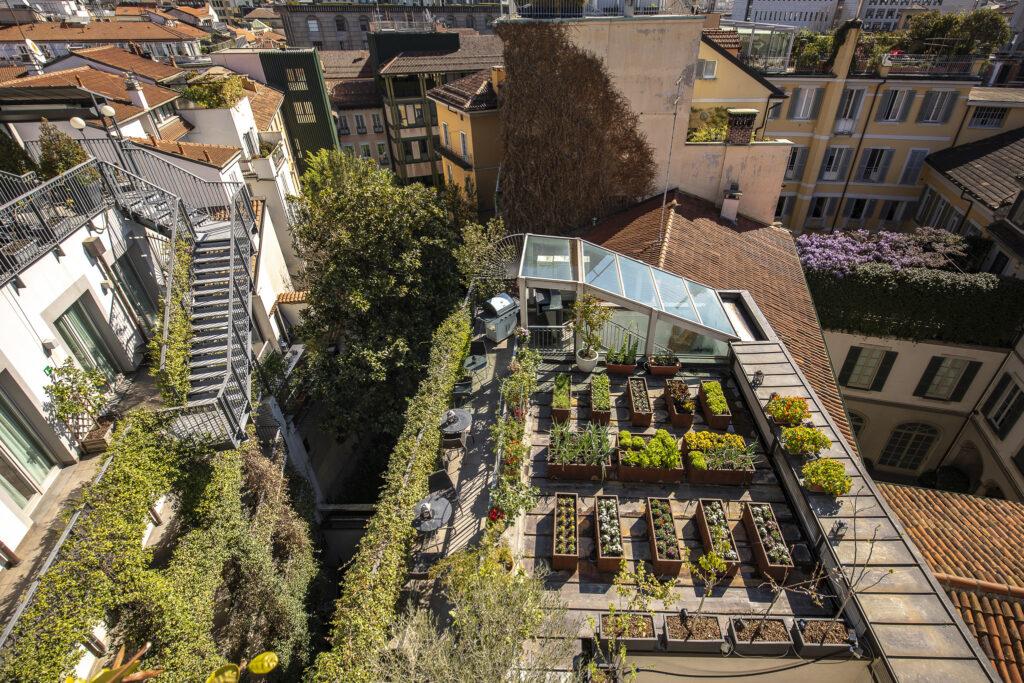
If you want to travel in an era of global warming, you should consider the emissions that come with it. This includes:
- Arrival and Departure
- Local transportation
- Accommodation
At Green PearlsⓇ, we introduce you to sustainable hotels and vacation rentals that are committed to reducing emissions from tourism. A good example is the Hotel Milano Scala in Milan. This city hotel in the Italian metropolis is accessible by train from all European cities and by direct flight from many international airports.
Zero Emissions Hotel
Hotel Milano Scala was the first zero-emissions hotel in the city. Opened in 2010 in the Brera art district (near La Scala), it was created by renovating an existing building. The hotel was also designed to be powered entirely by renewable energy (geothermal probes).
“We are committed to using only renewable energy, promoting sustainable transportation, and reducing waste in all areas of our operations.” – Elisa Trinchi vom Hotel Milano Scala
This modern city hotel, with its green facades and inviting roof terrace, has also invested in innovative solutions. A heat recovery air conditioning system has reduced energy consumption by 35-45% compared to conventional systems.

In South Tyrol, the energy-independent OLM Nature Escape Aparthotel opened at the end of 2023. Here, too, geothermal probes are used for sustainable energy generation. In addition, there are photovoltaic systems and a sophisticated water recycling system.
The round building of the OLM Nature Escape blends harmoniously into the alpine landscape of Sand in Taufers. You will stay in suites made of local larch wood, each with its own kitchen and some even with its own mini spa and sauna. It’s a great example of how, even in these times of global warming, you don’t have to sacrifice luxury for a sustainable vacation 🙂
Climate friendly hotels in Germany
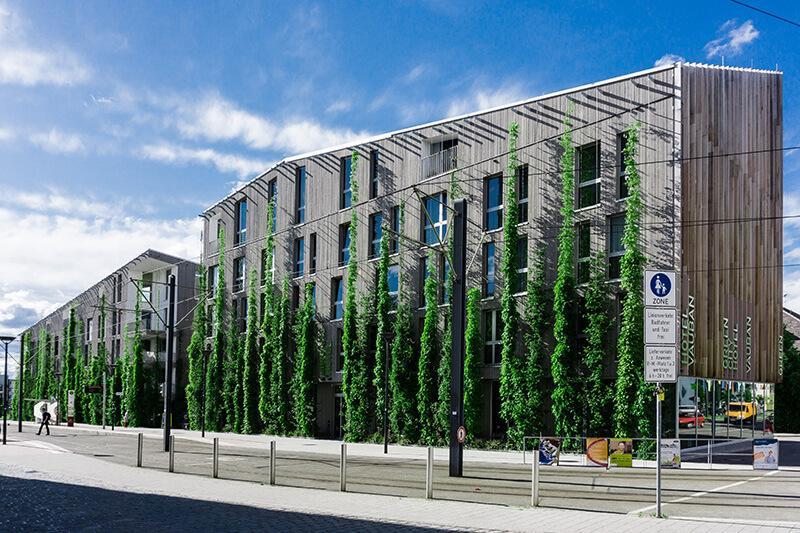
In Germany, too, there are examples of green hotels that are leading the way in the age of climate change. The Hotel Luise in Erlangen is run by the third generation with a clear focus on the environment and climate protection. “Renewable hotel rooms, astronaut showers with minimal water consumption, and a microforest to improve the climate are just a few examples of how the hotel and its current manager, Ben Förtsch, are leading by example.
Not only is the hotel taking steps to offset the emissions it produces, but it is also taking steps that do more to help the climate than harm it. (We will discuss offsetting in more detail in the next section.)
In Freiburg im Breisgau, the Green City Hotel Vauban is an excellent starting point for a combined city and nature vacation. You have the Black Forest on your doorstep and are close to Strasbourg and Basel. Also, you can easily reach the hotel by train and tram. You will also receive a free ticket for local transportation.
According to the hotel, the energy consumption of the Green City Hotel Vauban is at least 60% below the permissible primary energy requirement of the German Energy Saving Ordinance. There is a photovoltaic system on the roof and electricity is supplied by a local woodchip heating plant.
“Climate Neutral” – A Greenwashed PR Lie?
Carbon neutral flying, carbon neutral accommodation, carbon neutral skin cream – you’ve probably heard it all before. The climate goals of the UN Climate Change Conference mentioned at the beginning of this article also call for individual countries to become carbon neutral by 2050.
The reason the terms “climate-neutral” or “climate-positive” have come under fire is that many people have taken the easy way out. In other words, company XY continues business as usual while leasing a piece of rainforest to offset its activities and emissions on paper. This oversimplifies a complex problem, as anyone can see..
Planting trees is not enough!
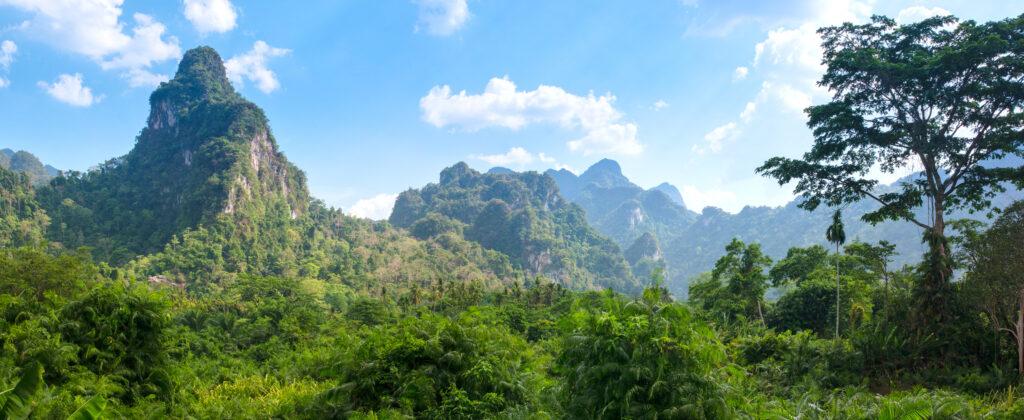
Forests and trees are very important for our climate, as trees store CO2 and also provide important habitat. However, climate protection cannot only be achieved through forest protection and reforestation. The offsetting company Atmosfair has therefore decided against forest projects.
“Even if you planted all the empty spaces on our planet with trees today, it would solve maybe 20% of the climate problem. But for that to happen, the trees would have to be there by the end of the century. And that’s the problem. – Dietrich Brockhagen, CEO of Atmosfair, told NDR
Forest fires and pest infestations can prevent trees from surviving their planned 50 to 100 years. When trees burn, they release the emissions they had stored back into the atmosphere.
Atmosfair therefore focuses on projects such as switching to modern cooking solutions for population groups that previously cooked with firewood. This reduces the need for wood (more trees remain standing) and improves the air quality in their homes.
However, avoiding emissions is more important than offsetting them. That means avoiding emissions in the first place. For example, by using renewable energy instead of fossil fuels. Or by buying energy-efficient appliances, buying local food, or eating legumes instead of meat. Unavoidable emissions can only be offset through meaningful climate projects in the second step.
Conclusion – Traveling in times of climate change
“We are all called upon to contribute to climate protection and should take responsibility for our own ecological footprint and thus for our CO₂ emissions. This also includes rethinking our own travel and consumer behavior according to the motto ‘avoid emissions if possible, but at least minimize them'” – Stefany Seipp, founder of Green PearlsⓇ
We travel because we love this world, we find it beautiful, and we want to see more of it. Traveling helps us discover other cultures, reconnect with nature, get out of our daily routines, and get to know ourselves better. Traveling has many positive effects. However, we should not forget that global tourism contributes to global warming. This makes it all the more important that we act consciously. If we do not, we could endanger the places we travel to.
Save this article to Pinterest


